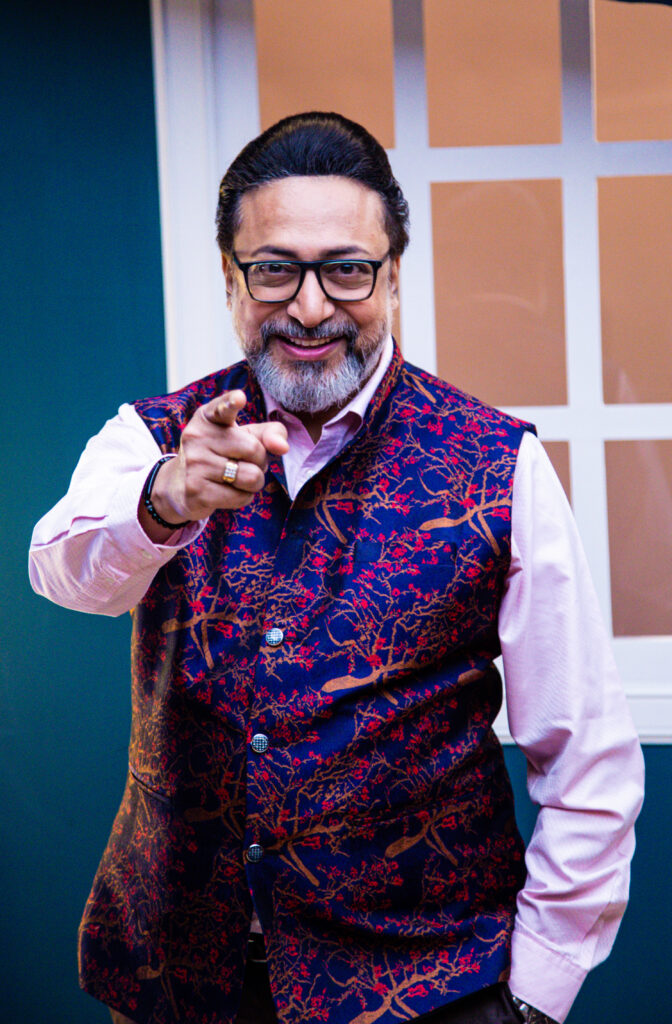In the rapidly evolving landscape of modern India, leadership is no longer confined to corner offices or political pulpits. It’s being redefined in startups, villages, classrooms, boardrooms, and digital spaces. But what separates a manager from a true leader? The answer lies in one powerful word—vision.
This blog explores how visionary leadership is shaping the new India, what it truly means to be a visionary leader, and how individuals can cultivate this powerful trait to lead their teams, organizations, and communities into a brighter future.
Understanding Visionary Leadership
Visionary leadership is not about managing the present—it’s about imagining and creating the future. Visionary leaders see beyond the challenges of today. They are dreamers and doers—those who dare to look 5, 10, or even 20 years ahead and inspire others to join them on that journey.
In the Indian context, this becomes even more significant. With a country of 1.4 billion people, diverse cultures, complex challenges, and boundless potential, the need for visionary leadership is urgent.
Leadership in the Indian Ethos: Rooted in Wisdom, Driven by Purpose
Indian history is full of examples of visionary leaders—from Chanakya, whose political foresight laid the foundation for ancient Indian governance, to Dr. A.P.J. Abdul Kalam, whose dreams for India as a knowledge superpower still resonate today.
What’s unique about leadership in India is that it blends modernity with moral responsibility. A true Indian leader does not just aim for profit or popularity—they aim for impact, purpose, and legacy.
Traits of a Visionary Leader in India
To lead in 21st-century India, here are the key qualities that visionary leaders consistently demonstrate:
1. Purpose-Driven Mindset
Great Indian leaders like Narayana Murthy and Ratan Tata weren’t driven solely by profits—they were powered by a higher purpose: improving society and transforming lives.
2. Empathy and Emotional Intelligence
In a diverse society like India, understanding people from different economic, linguistic, and cultural backgrounds is crucial. Visionary leaders listen deeply and lead with empathy.
3. Strategic Foresight
Vision is not wishful thinking—it’s informed anticipation. Leaders like Nandan Nilekani foresaw India’s digital transformation through Aadhaar, long before “digital India” became a buzzword.
4. The Courage to Take Risks
Whether it’s building unicorn startups from scratch or transforming an outdated government department, visionary leaders take bold steps. Kiran Mazumdar-Shaw, who started Biocon in a garage, is a prime example.
5. Communication that Inspires
Leadership is influence, and influence is rooted in storytelling. From Prime Minister Narendra Modi’s stirring speeches to Dr. Kalam’s powerful visions for youth, communication has always been key.
Vision in Action: India’s New Age Leaders
The face of Indian leadership is changing. Here are a few shining examples of how vision is transforming India today:
Falguni Nayar (Nykaa)
After leaving a secure job at Kotak Mahindra, Falguni created one of India’s biggest beauty tech startups. Her vision was clear: create a digital-first beauty platform for Indian women. Today, Nykaa is a billion-dollar company.
Sonam Wangchuk
An education reformist from Ladakh, Wangchuk envisions a sustainable, innovative India rooted in local wisdom. His alternative school models are now being studied globally.
Narayana Health and Dr. Devi Shetty
His mission was simple—healthcare for all at affordable costs. Today, Narayana Health has redefined affordable quality healthcare in India through scale and innovation.
Leadership in the Age of Technology and AI
India is becoming a global hub for technology and digital innovation. But how do leaders stay visionary in such fast-paced environments?
They don’t just chase trends—they set them.
They don’t wait for change—they lead it.
Visionary Indian tech leaders understand that AI, blockchain, green tech, and quantum computing are not just tools—they are vehicles for national transformation.
The key challenge is inclusive growth—leveraging technology not just to create billion-dollar companies, but to solve billion-person problems.
Nurturing Visionary Leadership Among Indian Youth
With over 65% of India’s population under 35, the future lies in the hands of young Indians. But how do we instill leadership and vision among them?
1. Redefine Success
Success isn’t a 9-to-5 job or a government posting—it’s solving problems, adding value, and building dreams.
2. Encourage Critical Thinking
The Indian education system must shift from rote learning to problem-solving and innovation. Leaders don’t memorize answers—they ask better questions.
3. Promote Grassroots Leadership
From Panchayati Raj leaders to community changemakers, India needs to nurture local visionaries who understand the pulse of rural India.
4. Inspire Through Real Stories
Every Indian youth should know about Kalpana Chawla, Sridhar Vembu, Medha Patkar, and Verghese Kurien. These are not just success stories—they’re beacons of vision.
Leadership Isn’t About Power—It’s About Responsibility
In a time of political polarization, social tension, and economic uncertainty, the true test of leadership is responsibility.
Can you lead without ego?
Can you lead with integrity?
Can you lead not just for applause, but for impact?
True leaders don’t wait for a title—they take initiative. In Indian families, a homemaker who keeps her family educated and healthy is a leader. A teacher in a government school who shows up every day for underprivileged kids is a leader.
Visionary leadership in India isn’t just about CEOs and politicians—it’s about anyone who dares to dream, act, and uplift others.
The Road Ahead: Leading Bharat into the Future
India is standing on the brink of a new era—one of global prominence, self-reliance, and innovation. To get there, we need leaders who:
- Dream beyond metro cities
- Include voices from every caste, class, and gender
- Solve for sustainability, not just speed
- Think long-term, not just short-term wins
The future of India won’t be written by one leader. It will be co-authored by millions of visionary Indians—students, entrepreneurs, farmers, techies, social workers, and artists—each carrying a torch of hope.
As Mahatma Gandhi once said, “The best way to find yourself is to lose yourself in the service of others.” In this service lies the soul of visionary leadership.
Final Words
Leadership and vision are not rare gifts—they are skills that can be learned, honed, and practiced. India doesn’t need more followers. It needs more visionaries.
So, if you’re reading this, consider it your invitation to lead—not tomorrow, but today. Because India’s future begins with your vision.
Would you like this content adapted into a LinkedIn article, YouTube script, or carousel post for Instagram?


